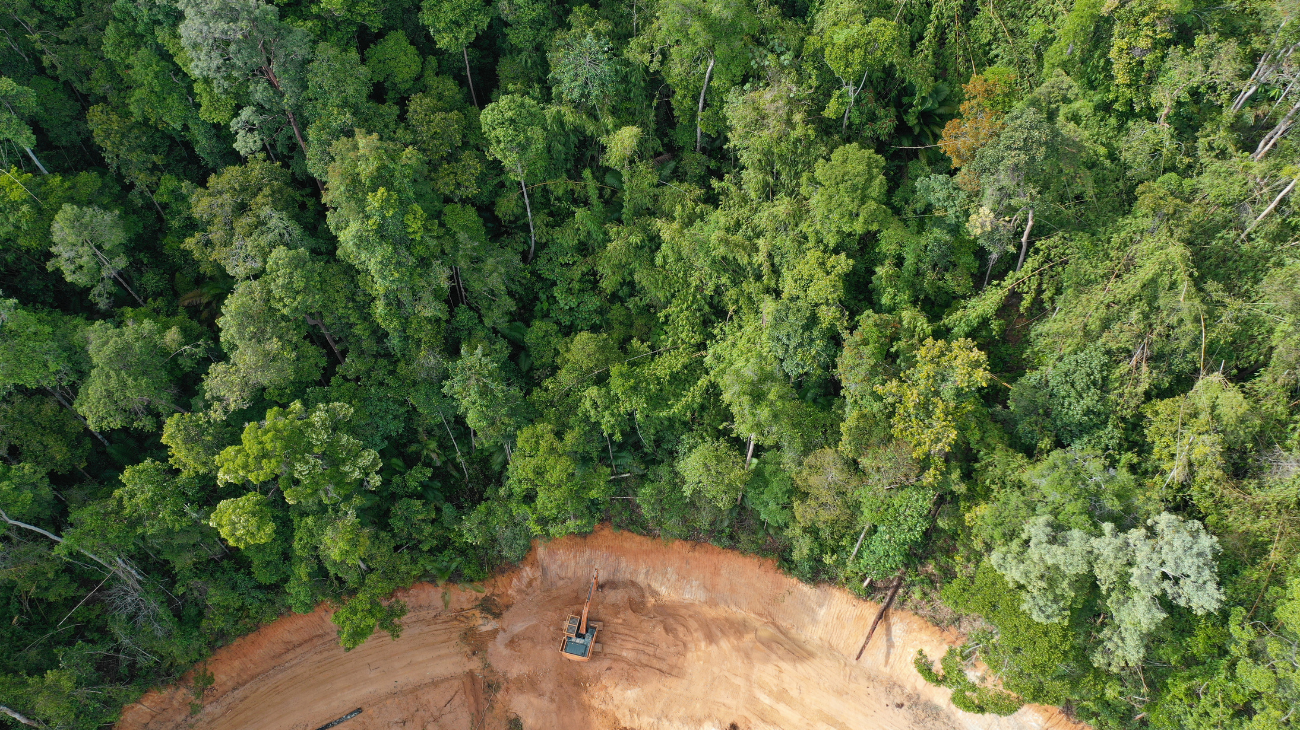In 2022 alone, forests covering an area equivalent to Switzerland disappeared and, as is well known, deforestation is one of the main causes of climate change.
- Why is deforestation increasing and so high?
- Deforestation, politics and business
- Deforestation and the ecosystem
Why is deforestation increasing and so high?
Deforestation is increasing, affecting the input of CO2 by about 11% worldwide.
But what are the activities that cause this phenomenon?
L’agriculture is the main driver of deforestation in all global regions except Europe, accounting for at least 50%, according to the FAO, mainly for the production of palm oil (34%) and soya beans (33%). While, livestock grazing is responsible for almost 40% of global deforestation.
In April 2023, the European Parliament approved new rules obliging companies to verify that products sold on the European market have not contributed to deforestation or forest degradation anywhere in the world, under penalty of a penalty of up to 4 per cent of total EU turnover.
However, the EU is not alone in the world, and deforestation has not only not decreased, but has even increased in 2022 leading to a +6% increase in CO2 compared to 2021. In fact, a loss of 6.6 million hectares of forest has been recorded, mainly in tropical regions.
Deforestation, politics and business
This is also and above all for geopolitical reasons, since the areas being deforested are largely located in the Amazon, Indonesia and Central Africa.
However, the work of Brazilian President Lula, who reduced forest felling by 66% by 2022, should be noted.
Indonesia, a primary producer of palm oil with over 40 million tonnes per year, wants to go in the same direction. At least 200,000 hectares of plantations are illegal and will therefore have to be converted into forests.
The same Indonesia that, however, is basic for the extraction of nickel, an essential component of those batteries that should give us a more sustainable future. This too has a cost, which the indigenous people are experiencing directly Hongana Manyawa. Indonesia, together with the Philippines, holds 21% of the world’s nickel reserves. Naturally, the various car manufacturers and others are competing for supplies from the local industry, even at the expense of the enormous environmental impact that will result.
Deforestation and the ecosystem
One study just published by Brazilian and British scientists shows that deforestation in the Amazon affects the climate not only locally, but also within a radius of hundreds of kilometres, showing temperature variations ranging from around 1° to more than 4° where deforestation reaches high levels.
If anthropogenic def orestation is one of the nodal factors of climate change, the latter, in turn, fuels deforestation as a consequence of droughts and fires, triggering a downward spiral that is difficult to resolve.
Not to mention that forests are home to most of the Earth’s biodiversity, even though they make up only 31% of the earth’s landmass, basically in Brazil, Canada, China, Russia and the United States (more than 50%). Their photosynthetic activity produces about 30% of the Earth’ soxygen.
Zeroing deforestation by 2030 seems more like a miracle than a glorious Cop26 goal.
By way of example, the planting of trees (or bamboo) is a very important activity to offset the problem, but, as such, too often instrumentalised for ‘greenwashing’ practices.
Furthermore, will we be able to reduce the production of palm oil, a versatile and cheap but environmentally burdensome product?
What about nickel and other material extractions?
In conclusion, a phenomenon of this magnitude cannot be separated from restrictive government policies, as demonstrated in Brazil, when it comes to industrial activities, and even more repressive, when it comes to the recent unseemly and damaging conduct of miners and gold diggers in the Amazon rainforest.
Play for the planet!
